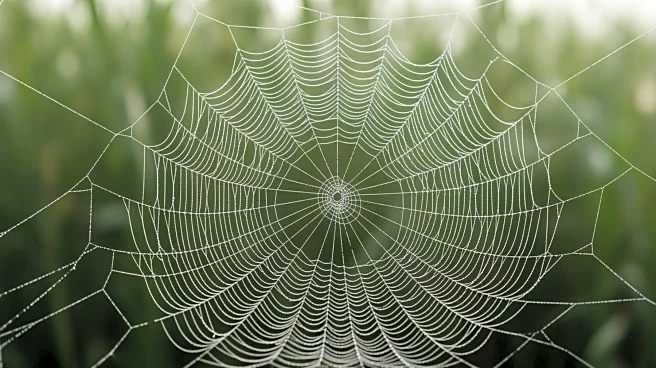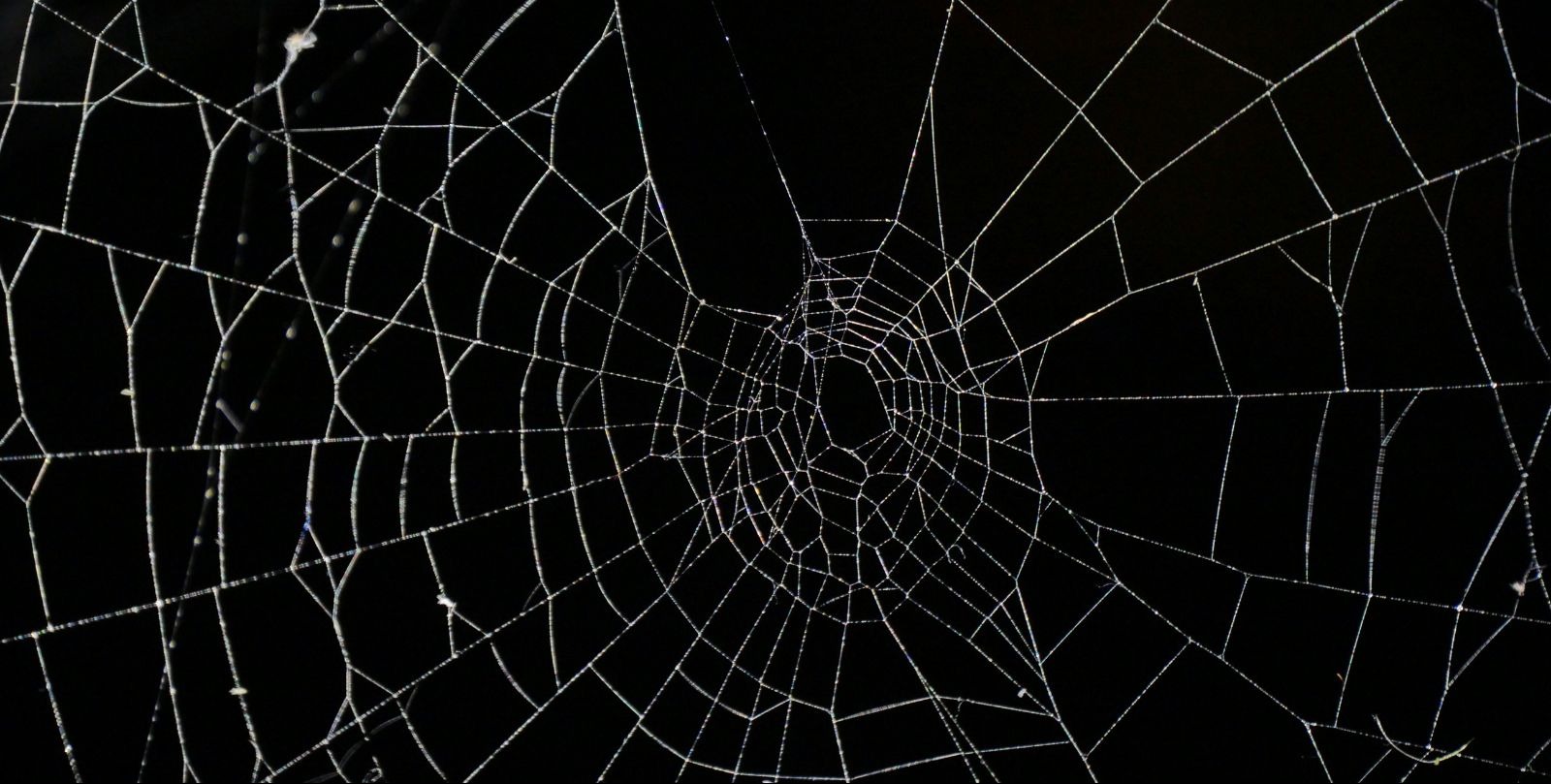What's Happening?
Researchers have discovered what is believed to be the world's largest-known spider web in a cave on the Albanian-Greek border. The web houses tens of thousands of spiders from two different species, Tegenaria
domestica and Prinerigone vagans, living peacefully together. This cohabitation is unusual as spiders are typically solitary and aggressive towards other species. The web spans 1,140 square feet and is located in a sulfur-rich cave. The presence of an abundant food source, in the form of midge flies, may contribute to the spiders' peaceful coexistence.
Why It's Important?
The discovery challenges existing knowledge about spider behavior and cohabitation, offering new insights into evolutionary biology. The peaceful coexistence of two spider species in such a large colony is rare and may provide clues about how environmental factors influence species interactions. The study could lead to further research on the ecological dynamics within caves and the role of abundant food sources in reducing aggression among species. Understanding these dynamics may have broader implications for biodiversity conservation and ecosystem management.
Beyond the Headlines
The discovery raises questions about the adaptability of species to unique environments and the potential for cooperative behavior in the animal kingdom. It also highlights the importance of preserving natural habitats that support diverse species interactions. The findings may inspire further exploration of subterranean ecosystems and their role in supporting biodiversity. Additionally, the study underscores the need for interdisciplinary research to understand complex ecological phenomena.













